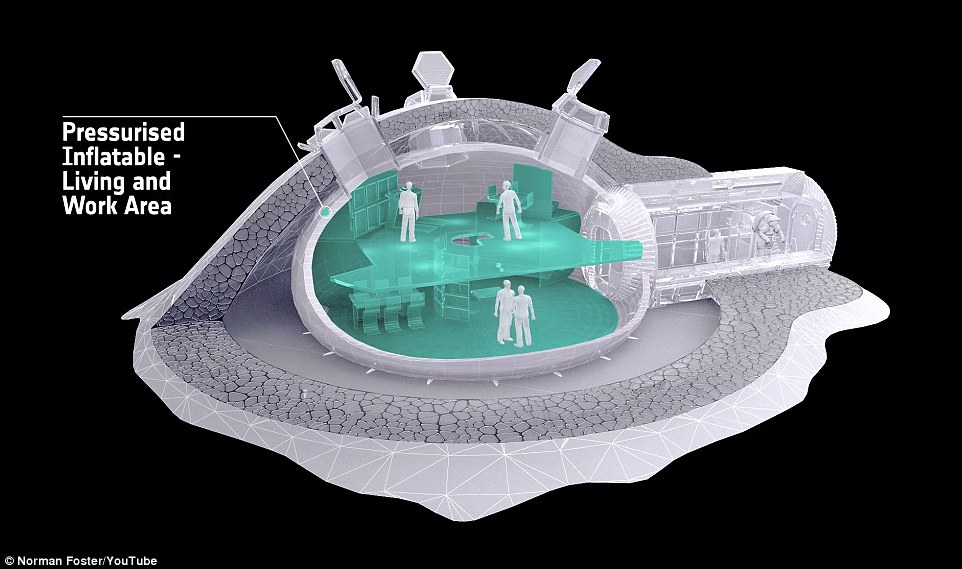This may very well be the first of its kind; a human settlement on a planet other than Earth has been envisioned by the European Space Agency. They have revealed a tour of the moon-base, video of the tour actually, which they will hopefully set up in the next 40 years.
According to the information that has been unveiled, the drone is inflatable and shall be covered with lunar soil by robots to form a secure structure while being able to house four persons to live in and work from.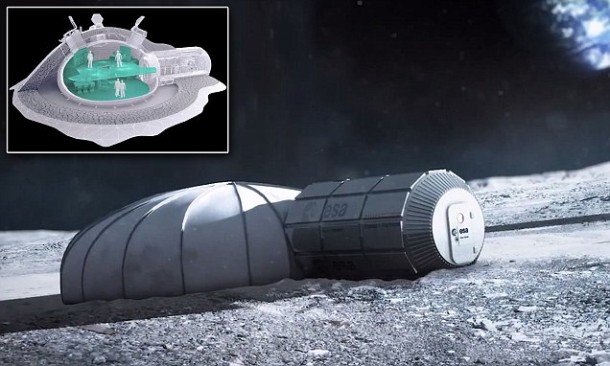
The project is a collaboration between ESA team and the architectural firm Foster + Partners and aims at coming up with structures that will facilitate permanent human settlement on Moon. Robots that are autonomous shall be employed for the task of 3D printing this cellular structure. The settlement will protect its residents from gamma radiation, meteorites and extreme temperature changes.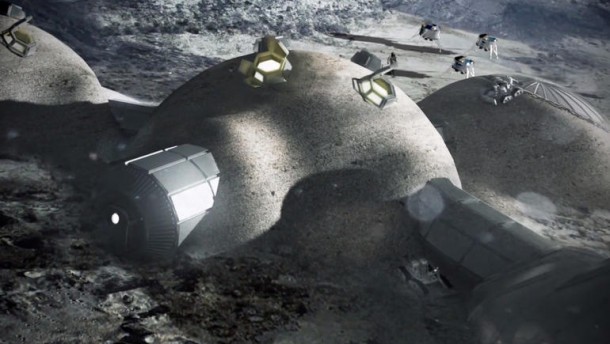
Scott Hoyland, ESA Human Spaceflight Team, said, “3D printing offers a potential means of facilitating lunar settlement with reduced logistics from Earth.” This means that 90% of the materials that are required to build the structure are already present on the Moon thus leaving us with the need of transporting only the lightweight parts and robots along with solid connectors and entry segments to Moon.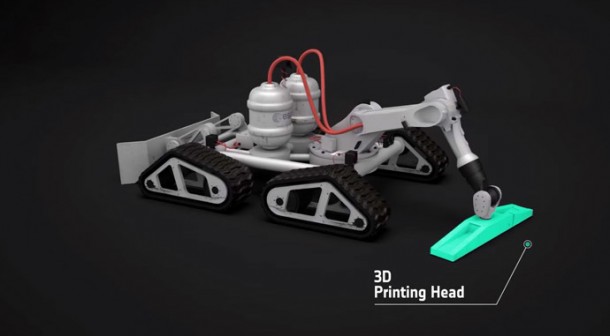
The binding ink has been kept to a minimum and with this limitation the strength has been achieved via opting for hollow closed cellular structure similar to foam. Xavier De Kestelier from Foster + Partners Specialist Modeling Group said, “As a practice, we are used to designing for extreme climates on Earth and exploiting the environmental benefits of using local, sustainable materials. Our lunar habitation follows a similar logic.”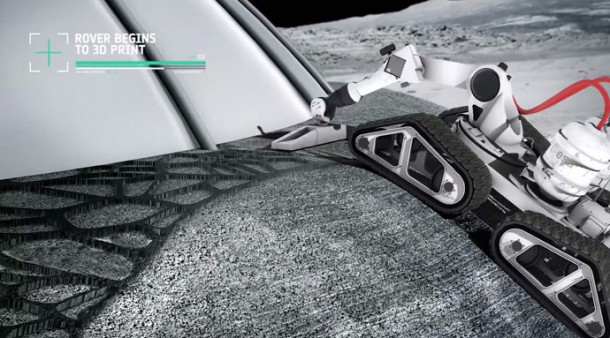
The lunar material will be turned into a pulp at first and shall then be sprayed to come up with a solid block that to be used in building walls at the rate of 2 meters per hour.

